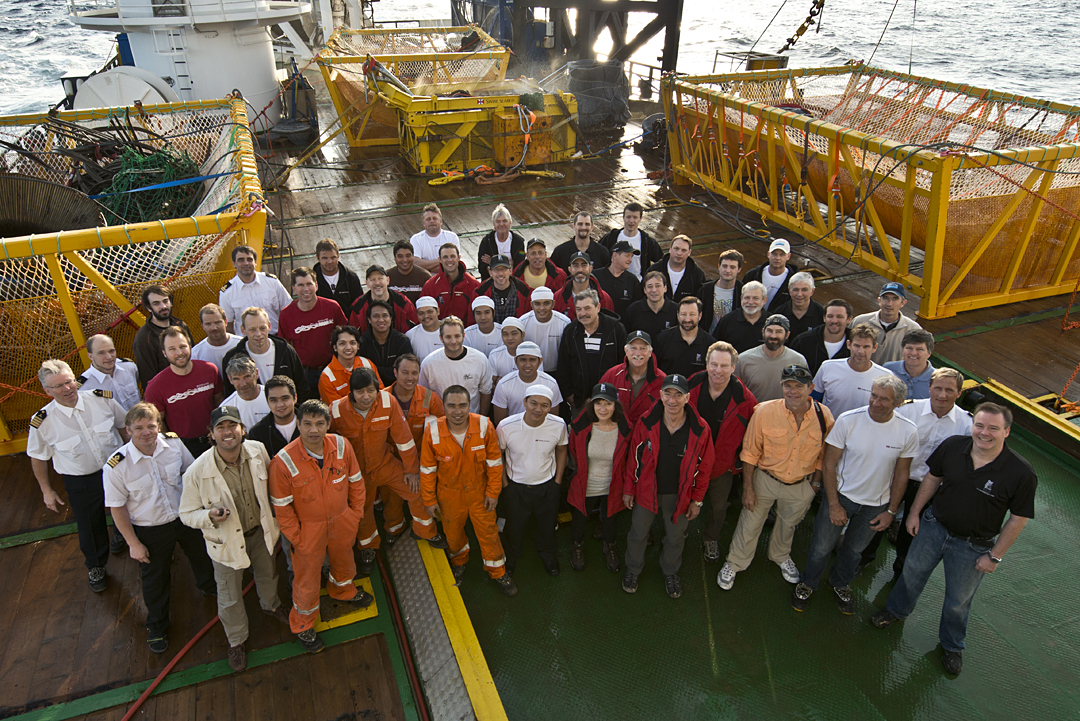The F-1 rocket engine is still a modern wonder — one and a half million pounds of thrust, 32 million horsepower, and burning 6,000 pounds of rocket grade kerosene and liquid oxygen every second. On July 16, 1969, the world watched as five particular F-1 engines fired in concert, beginning the historic Apollo 11 mission. Those five F-1s burned for just a few minutes, and then plunged back to Earth into the Atlantic Ocean, just as NASA planned. A few days later, Neil Armstrong stepped onto the moon.

A recovery team funded by Amazon founder Jeff Bezos has plucked two rocket engines from the floor of the Atlantic Ocean that were used to send astronauts to the moon more than 40 years ago, he wrote on the project's website on Wednesday.
Bezos, the chief executive of Amazon, last year announced plans to search the sea floor for rocket motors shed during Saturn 5 launches to the moon during the 1969-1972 Apollo program.
Bezos Expeditions found and retrieved two Saturn 5 first-stage engines from three miles beneath the Atlantic Ocean.
"We've seen an underwater wonderland - an incredible sculpture garden of twisted F-1 engines that tells the story of a fiery and violent end, one that serves testament to the Apollo program," Bezos wrote.
"Each piece we bring on deck conjures for me the thousands of engineers who worked together back then to do what for all time had been thought surely impossible," he added.
NASA sent seven missions to the moon, six of which successfully carried astronauts to the lunar surface. Bezos said because the serial numbers on the retrieved engines are missing or partially missing, identifying which mission they were used for will be difficult.
"We might see more during restoration. The objects themselves are gorgeous," he added.
"This is a historic find and I congratulate the team for its determination and perseverance in the recovery of these important artifacts of our first efforts to send humans beyond Earth orbit," NASA administrator Charles Bolden said in a statement.
The engines, which remain the property of the U.S. government, will be restored and put on public display.
The recovery ship, called Seabed Worker, is due to dock at Port Canaveral, Fla., on Thursday after three weeks at sea.


Bezos also is founder and chief executive of a small privately owned startup space company called Blue Origin, based in Kent, Wash., which is working on developing low-cost, reusable suborbital and orbital spaceships to carry people and experiments.
http://www.reuters.com/article/2013/03/21/us-space-apollo-idUSBRE92K00420130321

No comments:
Post a Comment